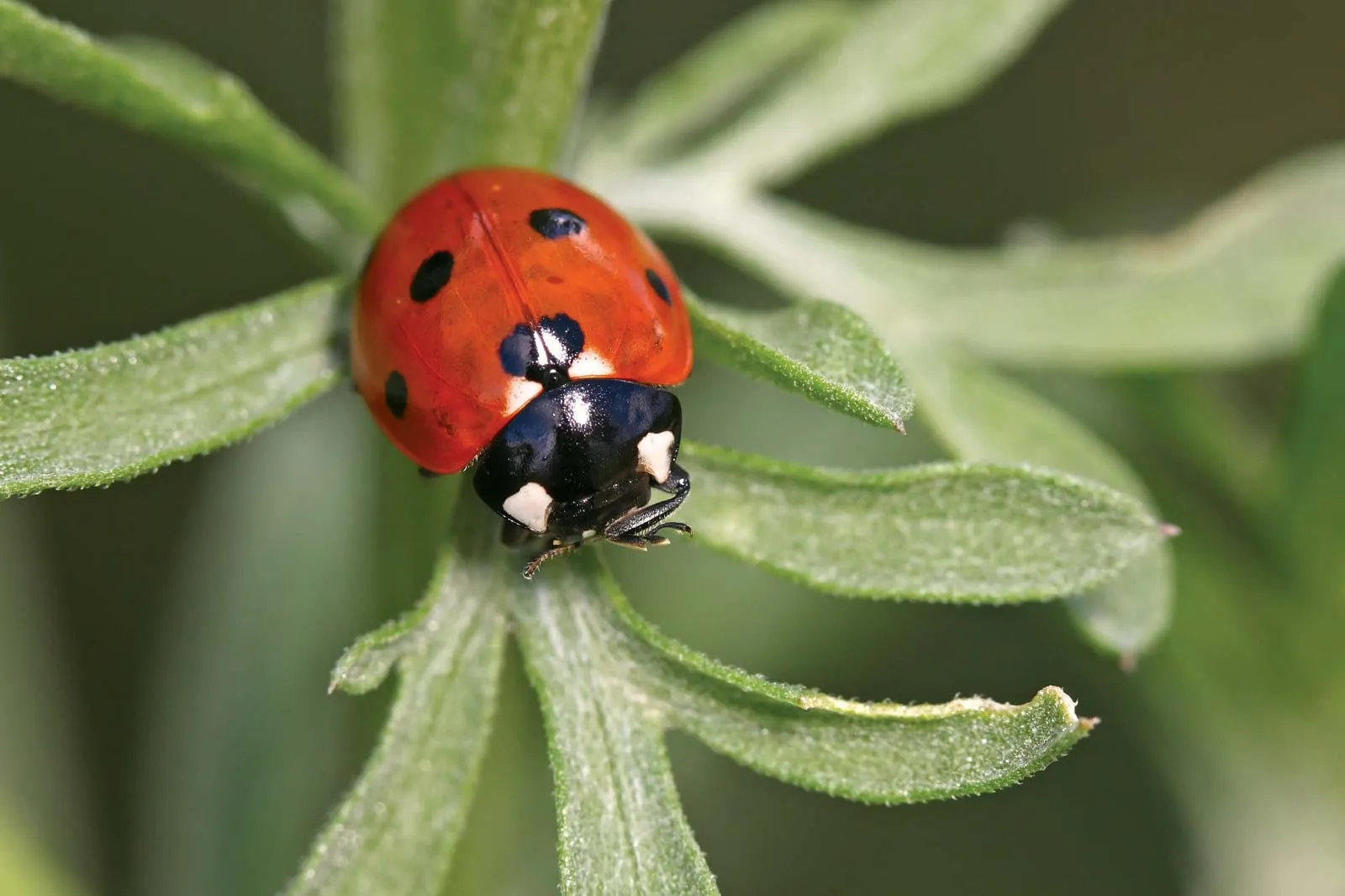politicalphishing.com – Ladybugs, also known as lady beetles or ladybird beetles, are beloved insects recognized for their vibrant colors and distinctive spots. Belonging to the family Coccinellidae within the order Coleoptera (beetles), they are not only aesthetically pleasing but also play crucial roles in ecosystems, particularly as beneficial predators in agriculture and gardens. This article explores the fascinating world of ladybugs, from their biology and life cycle to their ecological significance and cultural symbolism.
Physical Characteristics: Distinctive Colors and Patterns
Ladybugs are easily recognizable by their:
- Convex, Dome-Shaped Body: Their rounded, dome-shaped body is a characteristic feature.
- Bright Colors and Spots: Their elytra (hardened forewings) are typically bright red, orange, or yellow, often with black spots. These colors serve as a warning to potential predators (aposematism).
- Short Legs: They have short legs that are tucked under their body.
- Small Head: Their head is small and often hidden beneath the pronotum (the plate covering the first segment of the thorax).
Life Cycle: Complete Metamorphosis
Ladybugs undergo complete metamorphosis, with four distinct life stages:
- Egg: Ladybug eggs are typically laid in clusters on leaves or stems, often near aphid colonies (their primary food source).
- Larva: The larvae are elongated and somewhat resemble tiny alligators. They are also voracious predators, consuming large numbers of aphids. They molt several times as they grow.
- Pupa: The larva pupates, attaching itself to a leaf or stem. The pupa is often orange and black.
- Adult: The adult ladybug emerges from the pupal case. Initially, its colors are pale, but they quickly become brighter.
Diversity and Classification: A Global Family
There are over 5,000 species of ladybugs worldwide, exhibiting variations in color, size, and spot patterns. Some common species include:
- Seven-spotted Ladybug (Coccinella septempunctata): One of the most common and recognizable species, with seven black spots on red elytra.
- Asian Lady Beetle (Harmonia axyridis): A highly variable species introduced to North America for pest control, but which has become invasive in some areas.
Habitat and Distribution: Found in Diverse Environments
Ladybugs are found in a wide range of habitats, including:
- Gardens and agricultural fields
- Meadows and forests
- Urban areas
They are distributed globally, except for extremely cold regions.
Feeding and Diet: Primarily Predatory
Most ladybug species are predatory, feeding primarily on:
- Aphids
- Scale insects
- Mites
- Other small insects
Some species also feed on pollen, nectar, and fungi.
Behavior and Defense Mechanisms: Chemical Defenses and Hibernation
Ladybugs exhibit several interesting behaviors:
- Chemical Defenses: When threatened, ladybugs can secrete a foul-tasting yellow fluid from their leg joints (reflex bleeding), deterring predators.
- Hibernation: Many ladybug species hibernate during the winter, often congregating in large groups in sheltered locations.
Ecological Roles: Beneficial Predators in Pest Control
Ladybugs play a crucial role in ecosystems as natural pest control agents:
- Biological Control: They are widely used in biological pest control programs to manage populations of aphids and other agricultural pests, reducing the need for chemical insecticides.
Ladybugs and Humans: Beneficial Insects and Cultural Symbolism
Ladybugs have various interactions with humans:
- Beneficial Insects: They are highly valued in agriculture and gardening for their pest control services.
- Cultural Symbolism: Ladybugs are often associated with good luck, protection, and childhood. They appear in folklore, children’s stories, and popular culture.
Threats and Conservation: Habitat Loss and Pesticide Use
Ladybug populations can be affected by:
- Habitat Loss: The conversion of natural habitats to agricultural land and urban areas can reduce ladybug populations.
- Pesticide Use: The use of broad-spectrum insecticides can directly kill ladybugs and harm their food sources.
- Invasive Species: The introduction of invasive ladybug species, such as the Asian lady beetle, can compete with native species.
Conclusion: Appreciating the Ladybug’s Value
Ladybugs are not only charming insects but also valuable allies in agriculture and gardening. Their role as natural pest control agents makes them an important part of healthy ecosystems. By understanding their biology, behavior, and the threats they face, we can better appreciate their value and contribute to their conservation. Their bright colors, distinctive spots, and beneficial services make them a true treasure of the insect world.
